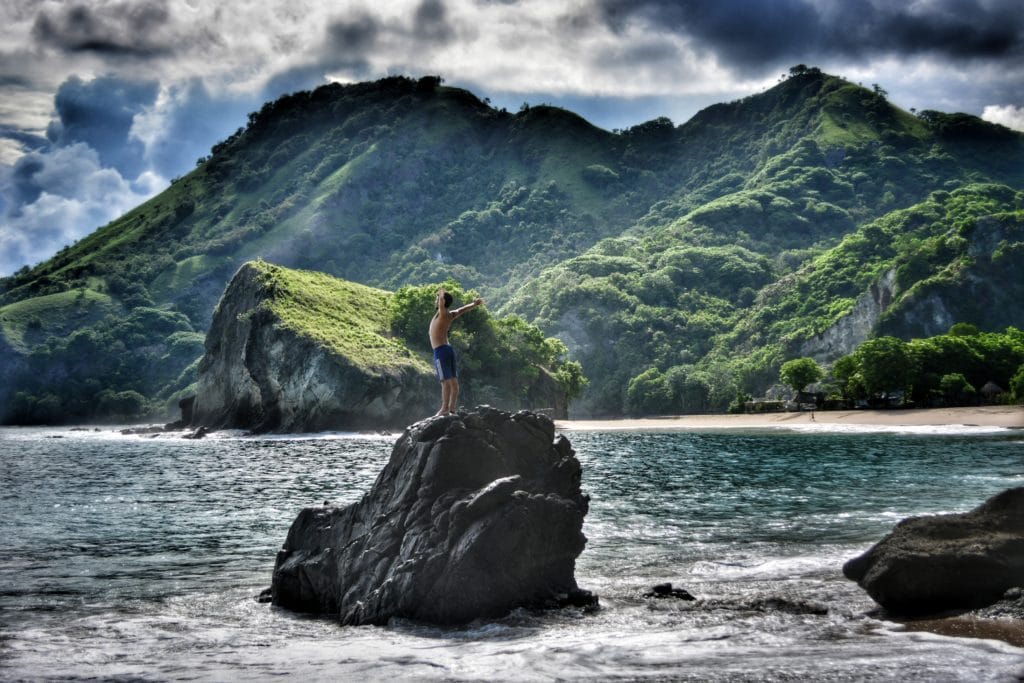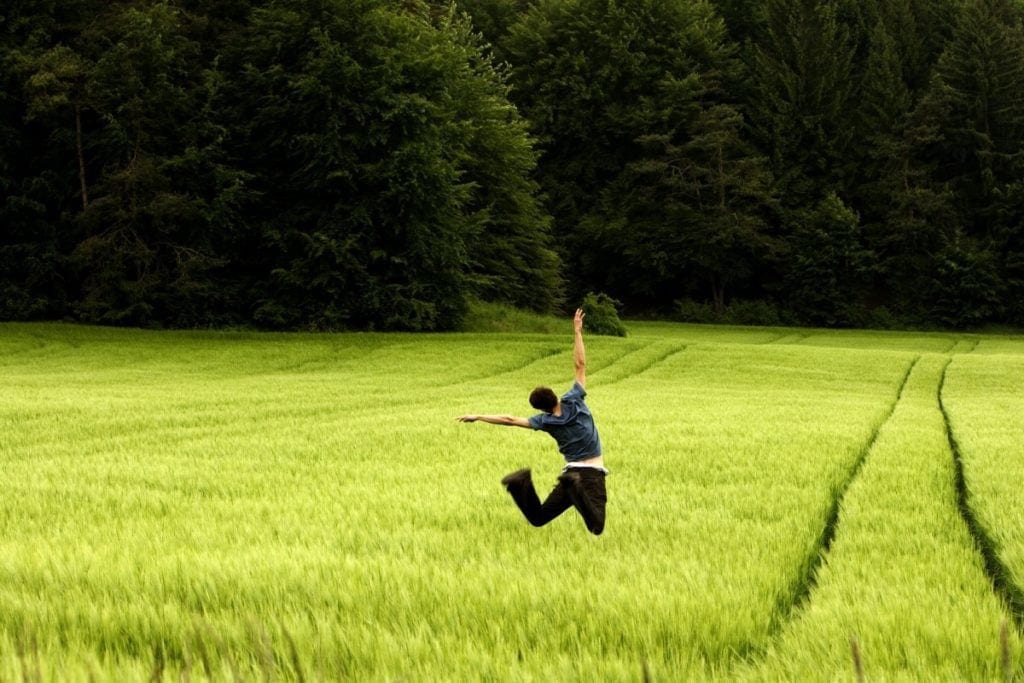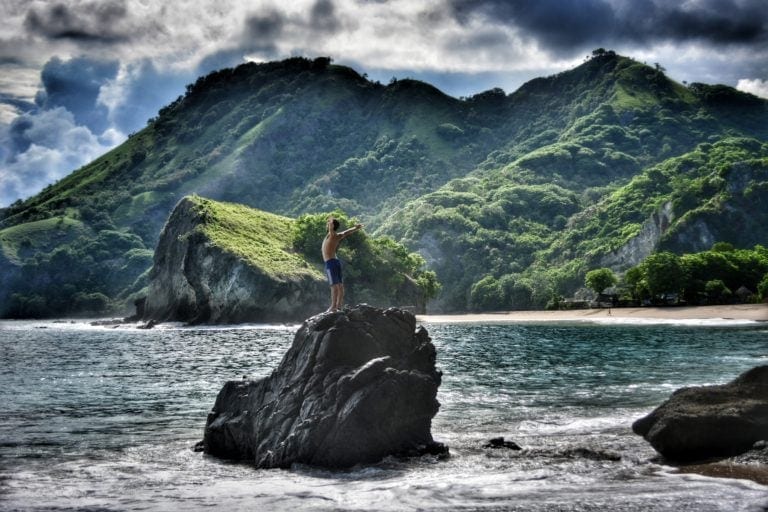
How to get travel sponsorship for road trips, bicycle expeditions or any sort of project
Getting travel sponsorship is no easy goals to achieve. Finding sponsors willing to give you stuff for free is almost a full-time job, not mentioning getting money from a brand. No matter if you’re seeking sponsors for your round-the-world bicycle trip, for a motorbike expedition to Africa, for the coolest musical festival, you’re anyway going to have to work hard to convince any brand or company to sponsor you.
If you’re just starting out in the world of sponsorship application you might find some useful advice in this blog post. Depending on which kind of sponsorship you are looking for though, bear in mind that this is no easy task.
This article is divided into two parts, this first one will give you a complete panoramic on what brands are looking for and what you could offer them, which brands to target, and a few questions you should ask yourself before even trying to get a sponsor.
In the second part, we explain
How to write a sponsorship proposal and how to find the right person to send it
Looking for ways to travel on a tight budget? Check also
Work and travel, the best help-exchange websites
Sleep for free, 16 hospitality networks you should know
Want to travel? Have a house? Swap it! Get worldwide accommodation for free
Disclosure: Some of our articles contain affiliate links. This comes at no additional cost for you and helps us keep this website up and running. (as Amazon Associates we earn commission from qualifying purchases)

Disclosure: Some of our articles contain affiliate links. This comes at no additional cost for you and helps us keep this website up and running. (as Amazon Associates we earn commission from qualifying purchases)
To get sponsorship you need a project
Nobody is going to fund your backpacking trip to Phuket, no brand or company is willing to pay for your holidays neither for your birthday party… unless you turn that into an interesting project.
The first thing you should try to achieve when conceiving a project and marketing it for sponsorship is to stand out from the crowd. You might think that a bicycle trip through Europe is already something, and it of course is… for you, but it won’t probably be enough. So many people nowadays set off on long bike trips, adventurous hiking expeditions, and do all sort of amazing things. How does your idea differ from theirs?
So the most important thing you should put into a project is originality. Our first sponsors were very intrigued by our ideas of bicycle street mapping, and reportages on a bicycle, that helped us a lot when we didn’t have anything else to sell but our ideas, so think outside the box.
A project that is also ambitious and somehow crazy is sure to drive attention from media and sponsors like attention from media. But be careful not promising anything you’re not sure you can fulfill, we did this mistake and it was not cool.
The first question you should ask yourself is: why do I want sponsors for this project? Will they provide something that I can’t or don’t won’t get otherwise?
Looking for sponsorship is a job itself, not even mentioning building a project and all the work it takes to communicate it to others. Are you looking for a free product? How much is this product worth? How much of my time will I spend chasing a sponsor for this specific product? Couldn’t I, instead, just get the money I need by doing a normal job, saving up, and then buying it?
This is one of the arguments which are often used against being sponsored, and it actually is a good point. The truth is though, that not all of us are in the conditions to work, save money, and buy that stuff we absolutely need (or want). When we started off with our first bicycle expedition we where completely broke, the financial crisis was (and still is) enveloping Italy, and finding a decent job was a dream.
That’s why we resorted to sponsorship, we would’ve never found all the money we needed before to buy our equipment before the scheduled day of our departure. We had nothing on our side, no experience, no fame, no followers, but nevertheless, we succeeded in our goal. I’ll tell you how later.
If your project is a long-term bicycle trip, you might want to have a look at
How much does it cost to travel the world by bike?
The second point to keep in mind is that sponsorship doesn’t come free. Are you willing to give up even a small bit of your freedom to get that sponsor?
Working with a sponsor is, by all means, a business partnership, at least most of the time. You hardly will find someone giving something valuable for free and expecting nothing in return. Most likely you will have to make your sponsor some promises, even if that is just “I ensure you that I will do it”, and you must fulfill that promise.
This kind of commitment takes your freedom away from you, bit by bit, without you even realizing that. What if you want to give up? What if you promised a post per day on Instagram and you have no internet connection? Or simply you don’t feel to spend time online doing silly social media while you’re living the time of your life? Ask yourself these questions and ponder your answers, if that is YES keep on reading.
Now that you know that you really want some sponsors for your project, it’s time for the big question: why should anyone sponsor you and your ideas?
If you want brands to sponsor your travels or any other kind of project, you should start thinking as a brand, put yourself in their shoes and try to figure out what a brand might want from an ambassador or an event.
Most brands, of course, are looking for exposure. You’ll be part of their advertisement campaign, so how can you help them in their promotional efforts? Do you have a blog? A large social fan-base? Are you famous in any way? If the answer to at least one of these questions is “yes”, then you have something clear to offer. We’ll talk about that later.
If the answers are three big NO, don’t worry, you still might find some sponsor.
What do brands find tantalizing in a sponsorship proposal? What do they want from their ambassadors?
Obviously, the answer to this question greatly varies depending on each brand, but you might be sure they will look for at least a couple of these things.
- Social media reach, especially on Instagram
- Product reviews and blog articles on external websites (meaning your website or any other you might have access to)
- Write-ups and articles for their blog/website
- Pictures of the products in action
- Videos of their products
- Banner Ads
- Backlinks
- Sponsored posts
- Mentions in big media
- Exposure in real-life events
As you can see, many of these require a strong online presence, but not all of them, namely pictures, videos, write-ups for their websites, mentions in big media. Let’s see these a little bit more in detail first.
How to get an event or travel sponsorship without a strong online presence

Getting sponsored in exchange for pictures and videos
If you’re planning an epic trip or an event in a stunning location, this might already appeal to brands. You could provide them with pictures they will otherwise have to invest a lot of money to get.
Let’s say you’re going to the Himalayas, how much does a photoshoot in the Himalayas costs? And a video? You can provide them with outstanding images in exchange for just a little investment, maybe just free products or a small fee (compared indeed to the cost of a professional photo shooting).
But your images have indeed to be astounding and professional. No brand will ever use a mediocre picture. So, if you have those kinds of skills, sell them. It might help creating a simple online portfolio (a YouTube channel with your best videos or a Flickr/Instagram account will do).
Guest Posts on their websites
Nowadays many brands have blogs, this helps them bring their websites to the top of Google searches and also gives them a deeper brand-personality. Blogs need content, and content doesn’t come free. If a brand has a company that means they are probably paying someone to write it, that someone might be you.
If your stories are interesting they might just be translated into great content, content which organically highlights the quality of their product in between the lines. Think about that.
Mentions your sponsors in big media
If your project is good enough it might be featured in local media like newspapers, news websites, or TV shows. Mentioning your sponsors on these occasions is a plus for the brand. It’s hard to be sure though which media will feature your project, and if they will allow you to mention your sponsor, so this might be a hard promise to maintain.
If you’re interviewed by an online publication, you might also try to sneak in a backlink to your sponsor. If that happens to be a do-follow link you’ll be sure to make your sponsor happy. More about backlinks later.
Exposure in real-life events
If your project is an event you can offer your sponsor logo placements and/or a physical space for them to showcase their product or services. That’s the most classic of the sponsorships. You can also create an event in the event, where the sponsor is the protagonist, get creative!
If your project is something else, let’s say you are trying to get sponsorship for a road trip for example, why not staging an event anyway? You can create an event for your departure, or for your arrival, or both!
How to Use Your Online Presence to Get Sponsorships

Social Media Coverage
Social media are the big thing right now, and brands know it, or at least they should. People are more likely to purchase a product if that’s recommended by someone they admire, follow, trust. It’s called influencer marketing, and its the hottest topic for the marketers.
You might be misled by people telling you that you’ll need a huge following to get brand sponsorships as an influencer (whether you’re looking for travel sponsorship, or fashion, or music) but that’s not always true. What really matters is the quality of your project (again) and of your followers.
Nowadays the biggest sponsorship magnet among the social networks is undoubtedly Instagram, there’s a lot of competition on Instagram but there’s still space for cool projects. Normally you will hear that you need at least 10,000 followers do start talking with brands, some even say 100,000. While the latter figure is overexaggerated, the first one is more close to the truth. But it’s not just a matter of numbers.
A repost profile (people posting other’s pictures) with 100,000 followers is less appealing of a personal profile with 12,000 because a repost profile has no face, no personality, it lacks that main component of influencer marketing, the face of the influencer.
Just be sure to curate your profile in quality, make it reflect your project, target the right people. Engage with your followers and keep them engaged, you might thus result appealing to brands even if you have just a few thousand followers. Of course, the bigger and more engaged your audience is, the higher is your value as an influencer.
Product reviews and articles on your website
If you have a great project and you want someone to sponsor it you must have a website. Launching a website nowadays is very easy and cheap (even free), it doesn’t require any technical knowledge and can be done literally by anybody.
Having a successful website is, of course, a totally different matter, the more successful the website, the higher the value for your sponsor. Your website should be the showcase of your project, so consider investing time and even money in it.
A dedicated product review is a great value for a brand, it stays on the web forever and might be read by thousands of people over the years, a one-time investment that returns value over a long time span. Mentioning a product or a brand in blog posts or pages make people curious and wanting to find out more about it, clicking on the link that leads them to your sponsor’s website
Banner Ads
If you have a website you can also offer your sponsor some good old-fashioned banner Ads. The more visits your websites get, the more valuable are these Ads, of course.
Backlinks
Backlinks are gold. They not only bring traffic to a website but, what’s most important, the quantity and quality of links to a website have a huge role in determining the rank of that website on Google search results, that’s vital for brands. Brands and blogs are sometimes willing to pay big money just for a link back to their site.
I’ll explain this briefly: outbound links may be of two types, dofollow and nofollow. Dofollow links pass the authority score of the linking website to the linked one. Authority is one of the main factors search engines consider when deciding where to show an article in the results. Authority is measured by various third-party tools, such as Moz, each domain has a score, while subdomain don’t (things like mysite.wordpress.com) but still pass on some SEO juice. Consider having your own domain since the early stages of your project, older domains also have higher authority scores.
Google states that all sponsored links should be marked nofollow, to avoid link selling, websites selling links might be penalized by Google. But the truth is they can hardly find out, thus link trade is still a big market and something you can use to convince a sponsor.
Our advice is to always make the banner links nofollow, using do-follows only inside blog posts. Check the article about how to make money blogging for more about this.
Sponsored Posts
Sponsored posts are usually articles provided by your sponsor to post on your own website. They usually contain links to pages or articles the brand is trying to push.

Which brands should you target with your sponsorship proposals?
You might be tempted to contact the big brands, thinking they’ll probably have higher budgets, and you’re right… of course, they have more budget than small companies.
But big brands also receive hundreds if not thousands of requests, they are way more selective, and it’s really hard to get your sponsorship proposal through to the right person. There’s a high probability that they won’t open your email at all unless they have a dedicated mail address for sponsorship applications, in which case it means they receive even more.
Approaching smaller brands and startup gives you more chances of success. Small brands might have a tight budget but they also need more exposure, especially when they’re in a start-up phase. We had success especially with companies coming from Kickstarter campaigns, they are usually in the phase of their business when they need all the exposure they can get.
Another good indicator of a company willing to invest in sponsorship are sponsored posts on Facebook and Instagram, those company already realized the potential of social networks and are investing money in social marketing efforts, they might be good targets.
Another good way to find a potential event or travel sponsors is to look at which brands are sponsoring projects similar to yours, or influencers in your niche. If the project they are sponsoring is contemporary or close in time to yours, keep in mind that the brands hardly will sponsor two similar projects at the same time, so research older projects.
Find a sponsor in your niche
If your project is about adventure travel in Alaska, it will be hard to approach a makeup brand for sponsorship. To offer value to your sponsor you need to have followers that might be potential customers to them. Think clearly of who your audience is and what they might buy, that’s the kind of sponsor you have to target.
Getting institutional patronage for your project
Institutional patronages rarely come with any money, but having an established institution supporting your project will give it a certain aura of credibility and can greatly boost your media reach.
Institutional patronage makes it easier to get newspaper articles and interviews, TV presence, and all these sorts of old-fashioned publicity that most brands still like.
In the second part, we explain
How to write a sponsorship proposal and how to find the right person to send it
Looking for ways to travel on a tight budget? Check also
Work and travel, the best help-exchange websites
Sleep for free, 16 hospitality networks you should know
Want to travel? Have a house? Swap it! Get worldwide accommodation for free





